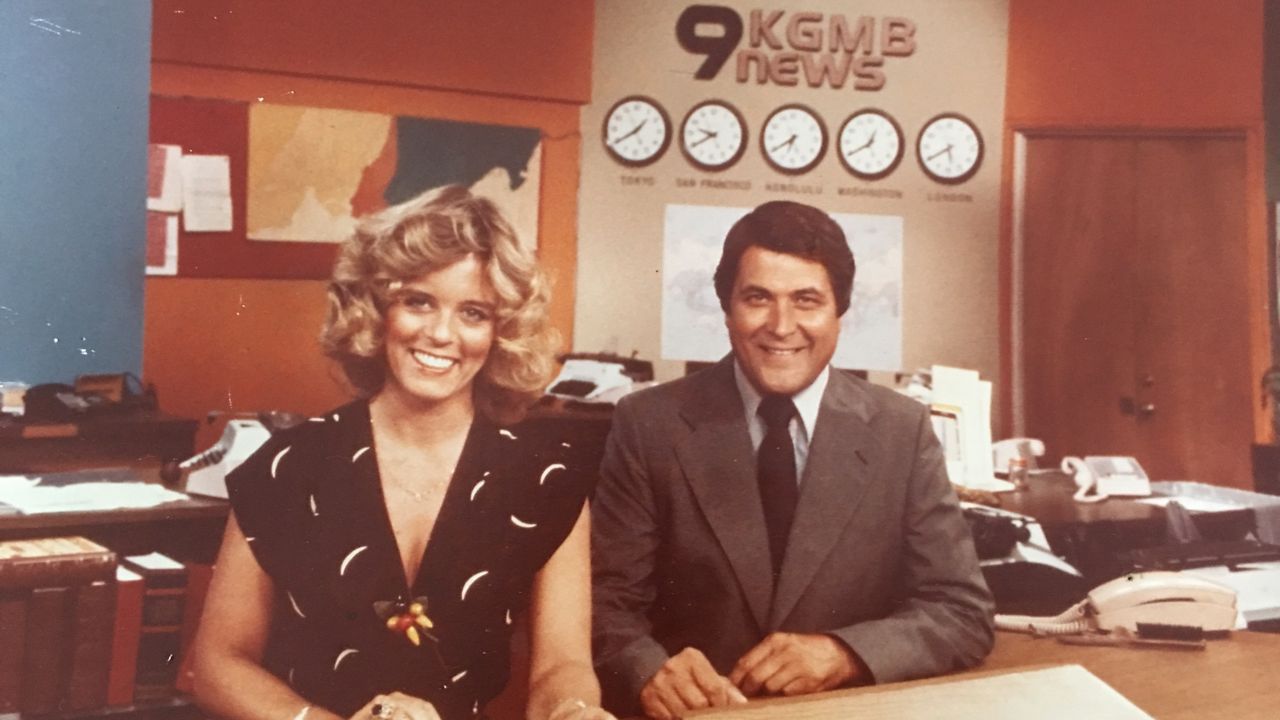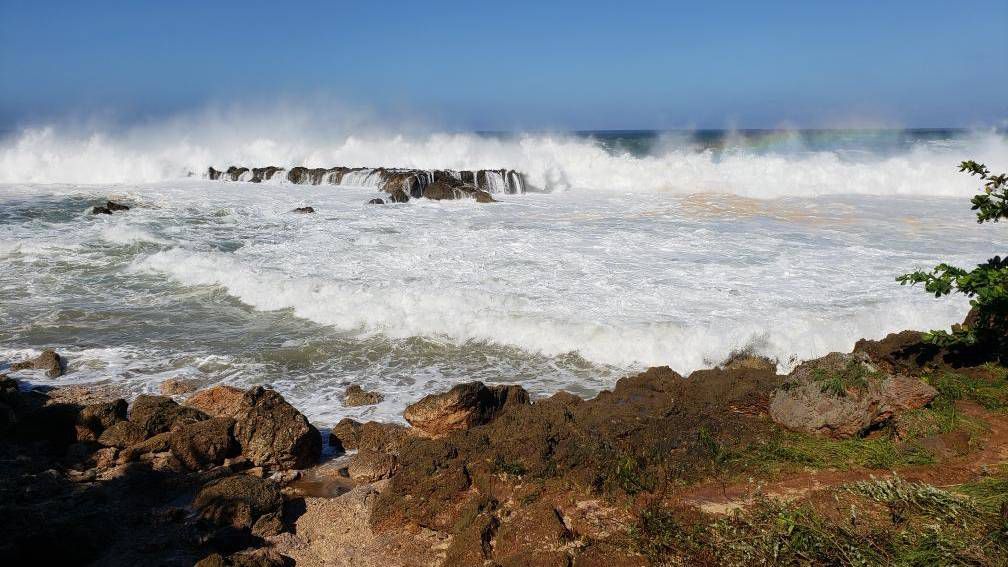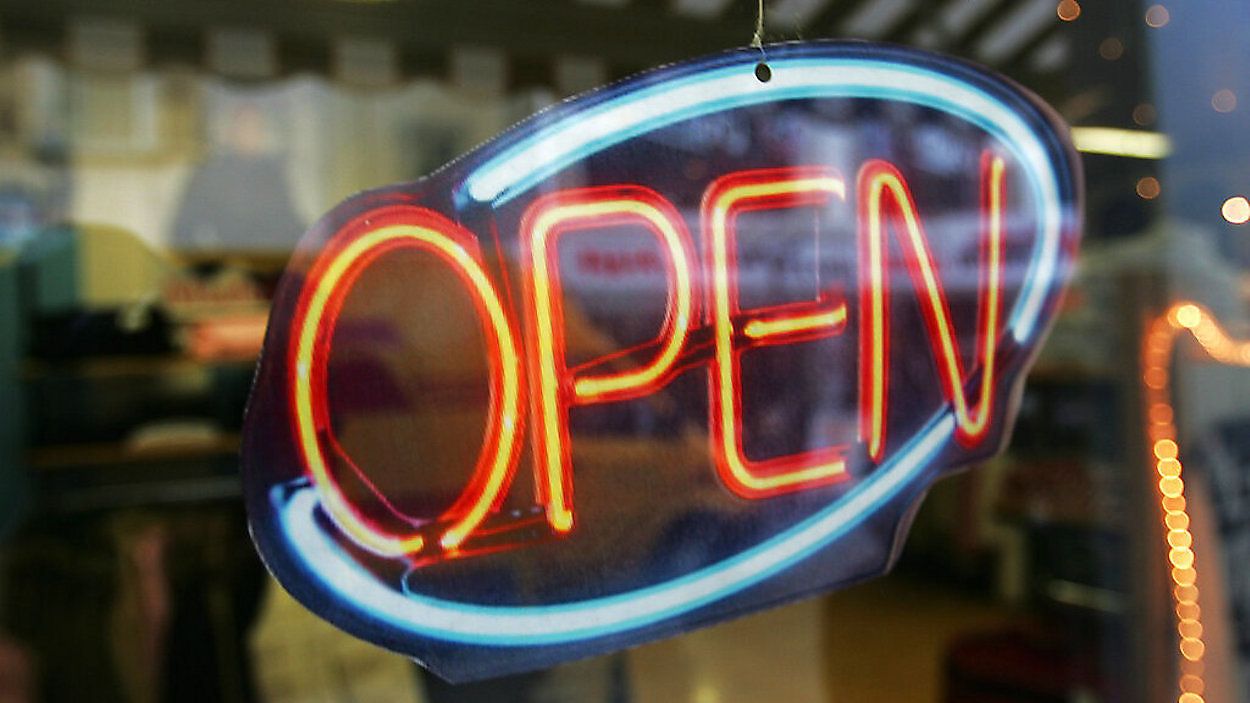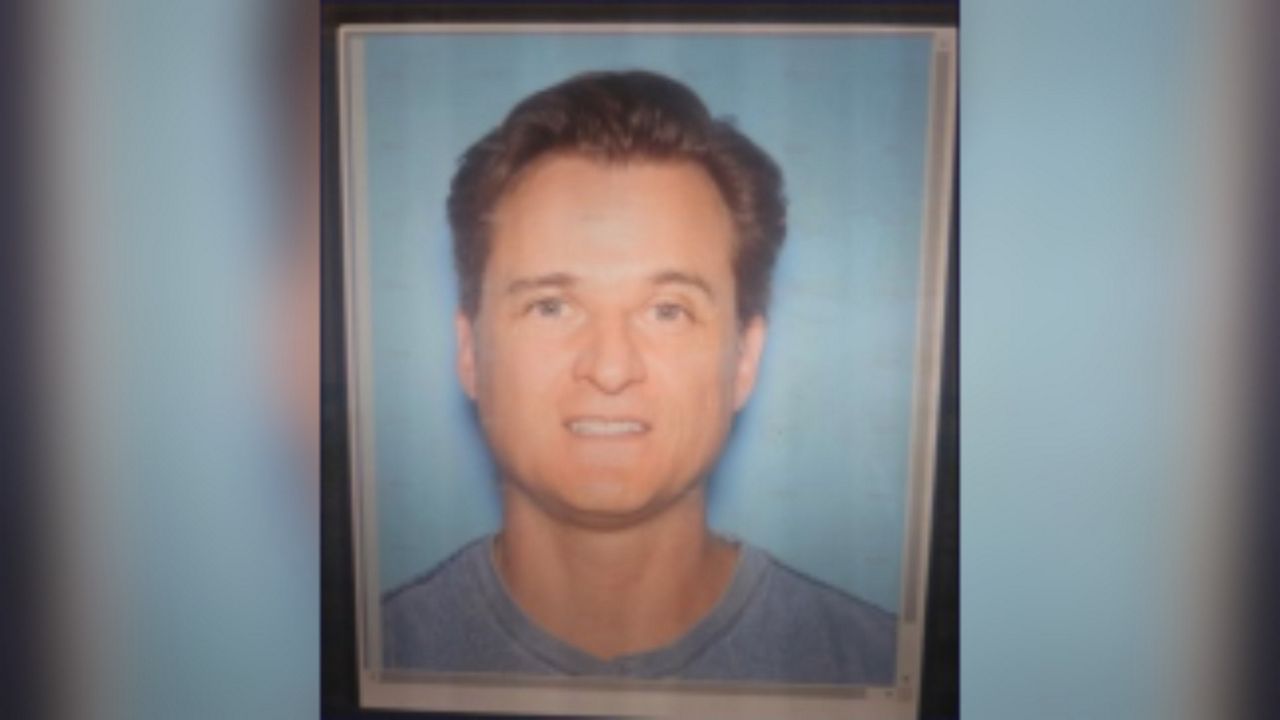This profile is the third in a series on women journalists in Hawaii. Read the first story on Denby Fawcett, who reported on Vietnam when she was 24, and the second on Catherine Cruz, who started her career in Guam.
The first time Linda Coble, 76, tried to get a job as a television news reporter, the station manager told her to get “more experience and a sex change operation.” This was in Portland, Oregon, in 1969.
The following year, her grandmother sent her on a Hawaii vacation, and while there, she got a job at KITV as a newsroom secretary. Coble happily took the gig as it got her “foot in the door.”
She swept the floors. She answered the phone. She took the news anchor’s dirty suits to the dry cleaners. She also watched what everyone was doing, absorbing how to be a talented reporter.
“Every once in a while, I was sent out on a story because they needed a reporter and there was nobody in the room,” said Coble while talking to Spectrum News Hawaii at Cafe Julia in Downtown Honolulu. “I ended up coming back with scoops.”
The station promoted her, making Coble Hawaii’s first female tv news reporter, and then soon after that, she became Hawaii’s first female news anchor.
“I knew I had a lot on my shoulders, but all I cared about was telling the story correctly (and telling both sides),” said Coble.
Despite shattering the glass ceiling to become Hawaii’s first female anchor, the sexual objectification of women was still rampant. She said when she became an anchor, KITV built a new set with a glass table.
“They asked me to cross my legs twice a show,” said Coble. “I was so pissed … I never crossed my legs.”
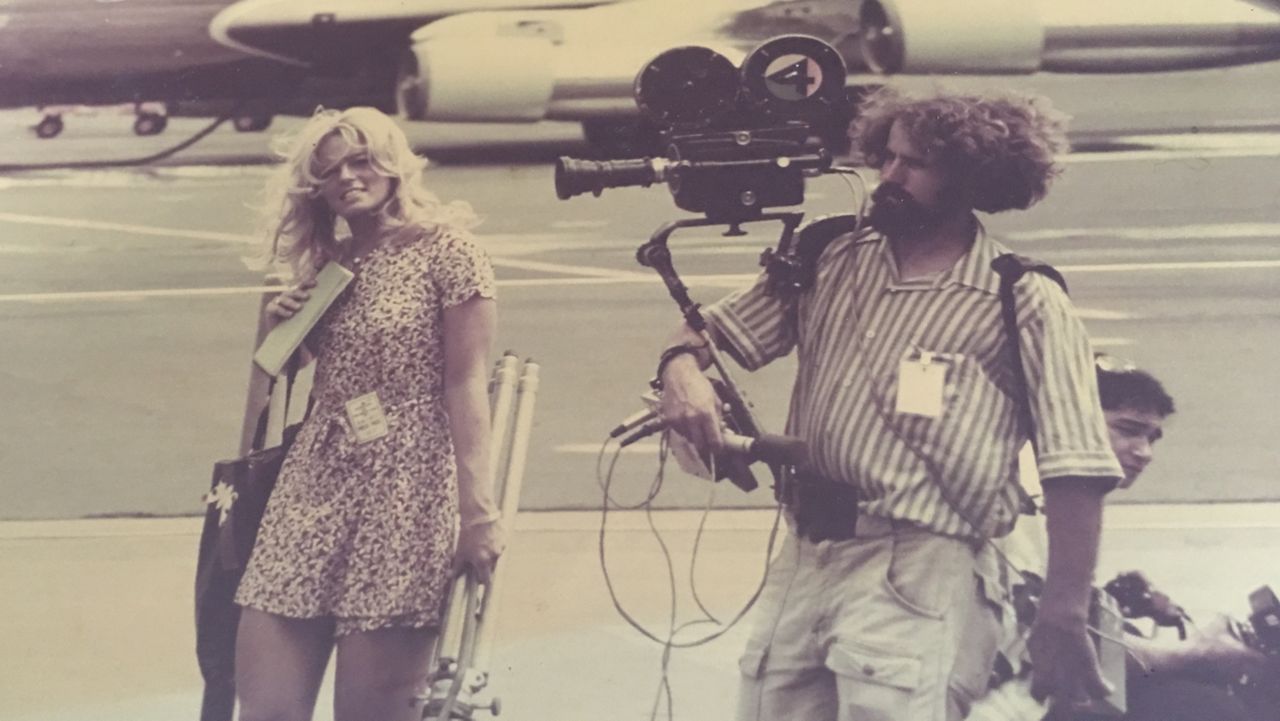
In 1972, KGMB News Director Bob Sevey poached Coble from KITV. However, before Coble, he had been known for not hiring women, saying women’s voices lacked gravitas. Slowly, he adjusted his views.
“I proved him wrong,” said Coble. “When he saw that a woman could produce excellent stories, could anchor the news that way I did, (and) could create ratings going up, he changed his mind.”
Despite his initially sexist views, Coble said Sevey turned out to be “a wonderful mentor,” and eventually, they became co-anchors at KGMB. Over the years, Coble anchored with other legendary anchors, including Bob Jones and Tim Tindall.
In 1981, Coble returned to Oregon, working as an anchor at KOIN, the same news station that had told her a decade earlier to get “a sex change operation.” It was here that she met fellow news anchor Kirk Matthews. In 1983, she returned to Hawaii with Matthews; they were now engaged.
“I knew I’d found the love of my life,” said Coble. “There was never any competition. We loved talking about each other’s jobs when we worked at different stations.”
Sevey, now a dear friend, walked Coble down the aisle in 1984 when she married Matthews.
“It got me through everything. No matter what. I knew I had a love,” said Coble.
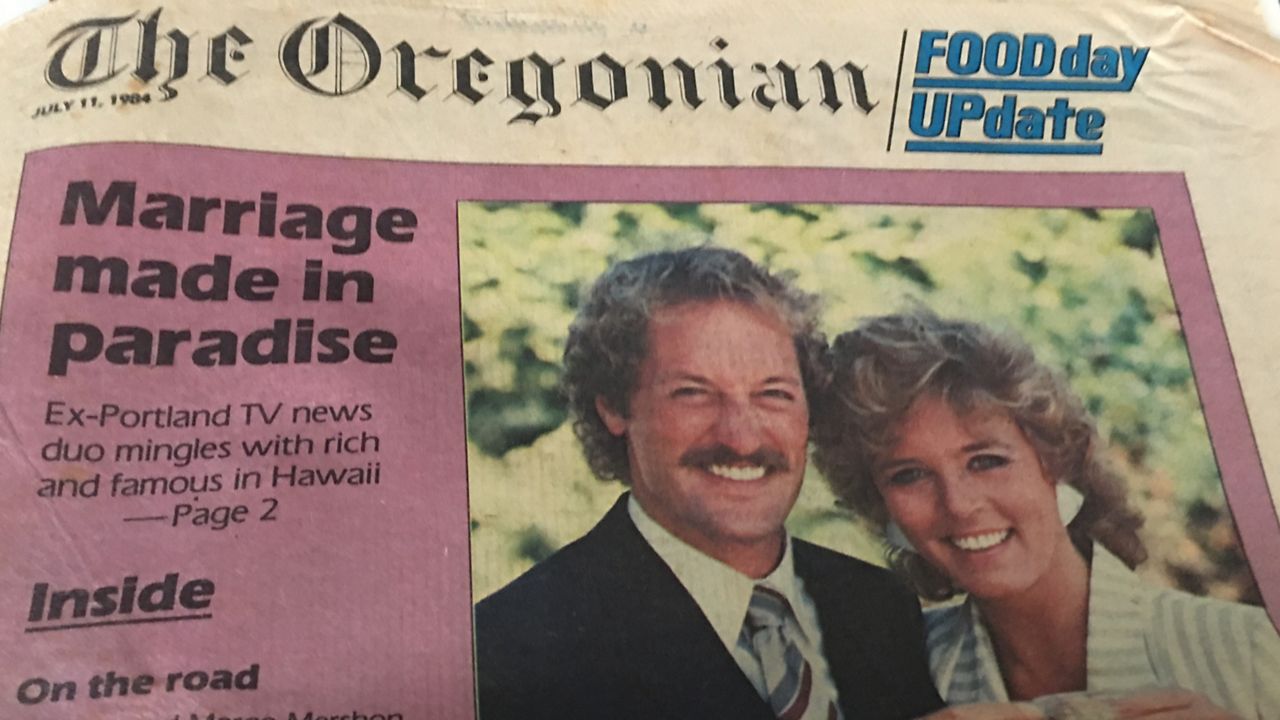
Over her long career, she interviewed everyone from U.S. President Gerald Ford to media mogul Oprah Winfrey. However, the most important stories to her are those where she intervened and helped others.
She recalls being at a beach to cover the story of a drowning man. An ambulance was there to take the man to the hospital. His wife was also there, screaming and crying.
“I grabbed her ass and took her in my news car. Me and my cameraman drove her to the hospital,” said Coble. “People don’t react like humans, sometimes, in my job or in others. It’s a time when you have to look around and see the impact of what’s going on at the moment.”
Later, Coble was with a camera person near H-1’s Middle Street overpass when a truck flipped, sending its wrecking ball into a car. She approached the truck’s window while her camera person had the microphone ready.
“The man who had driven the truck was slumped over the wheel crying,” said Coble.
Instead of trying to interview him, she told her camera person to go away, and she stayed with the truck driver for 20 minutes. He had just killed two people and was so devastated that he wanted to kill himself.
“I had a chance to share my love and not my (reporter’s) notebook,” said Coble. “That changed me.”
She said it was later determined that the traffic collision was not the truck driver’s fault but occurred because of a mechanical issue.
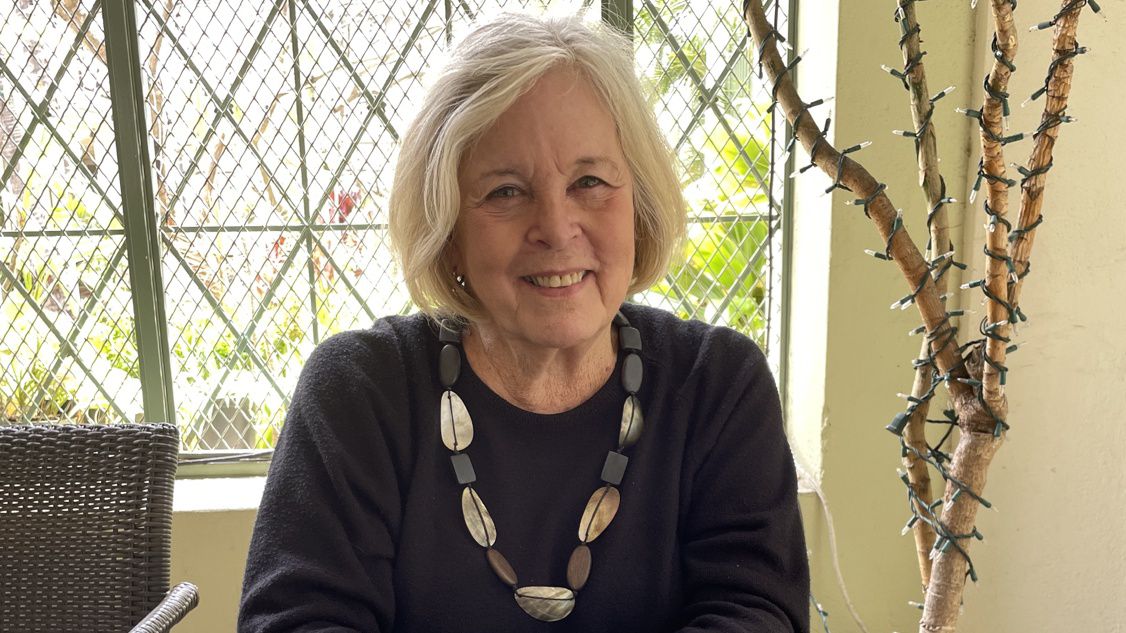
In 1986, Coble switched from TV to radio news, working for KSSK, which offered her the same salary as she was making at KGMB.
“I felt a little tired of being so objective. I couldn’t say what I felt,” said Coble about moving to work with KSSK’s Michael Perry and Larry Price, who always imbued their personalities into their show.
During Perry and Price’s show, Coble had a segment called “Check It Out,” where listeners would call up and ask questions, like why there was always traffic at certain intersections. Coble would quickly figure out the answer to their questions and then explain it on the radio show.
“We would make a difference,” Coble said. “It was fun, sometimes emotional, and I loved that I could have an opinion.”
Unfortunately, after 10 years and while the show was the second highest-rated radio program in the U.S., Coble was told by a new manager that her salary was too high and the station was laying her off.
Instead of going after another news job, Coble committed herself to her volunteer work, which she continues to this day. While working in the news, she had also been volunteering with the Rotary Club of Honolulu and had helped create Big Sisters of Hawaii. Over many decades of volunteering, she has done everything from fighting against child abuse to helping create Centennial Park in Waikiki.
In 2014, Matthews became sick with lung cancer. He retired from KHON, and Coble cared for him for two years before he died. She did everything, cooking for him and helping him go to the bathroom.
“I didn’t know what the f— I was doing, but he was my honey,” said Coble.
They continued to smile and laugh together until the end. Right before Matthews died, the two lovers shared a long and passionate kiss.
“It was the most romantic kiss we’ve ever had and … that was our kiss goodbye,” said Coble.
Michelle Broder Van Dyke covers the Hawaiian Islands for Spectrum News Hawaii. Email her at michelle.brodervandyke@charter.com.





